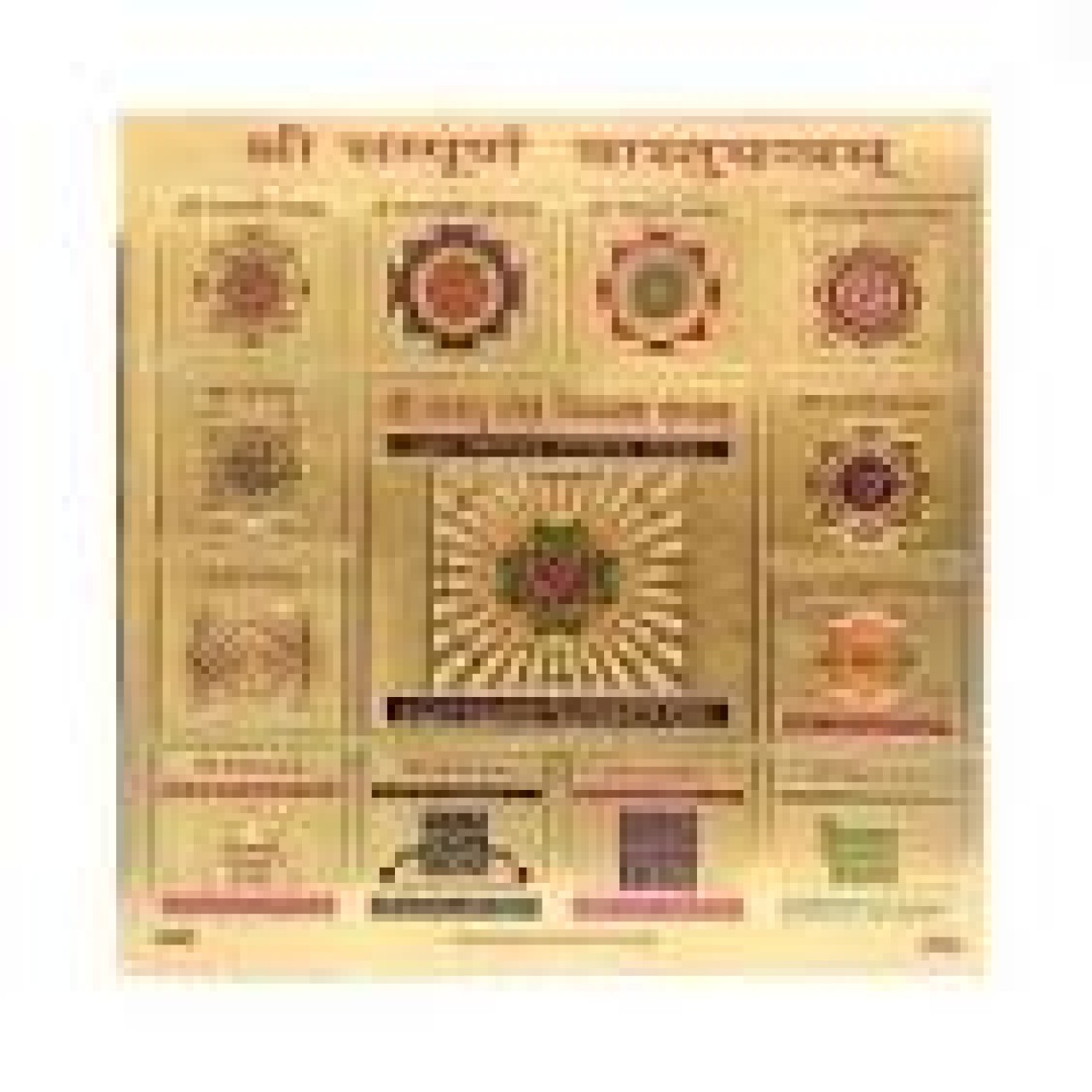The term "Vastu Yantra" combines two concepts from Hindu philosophy and traditional architecture:
1. Vastu: Vastu Shastra is an ancient Indian science that deals with the principles of architecture and design. It provides guidelines for the construction of buildings and the arrangement of spaces to create a harmonious environment. Vastu takes into account factors like direction, placement, and proportions to ensure the well-being and prosperity of the occupants.
2. Yantra: In Hinduism, a Yantra is a mystical diagram or instrument used for meditation and worship. It is believed to represent the cosmic energies and can be used as a tool for focusing the mind. Yantras often involve geometric shapes, symbols, and mantras.
When you combine these concepts, a "Vastu Yantra" could refer to a sacred geometric diagram or instrument used in conjunction with Vastu principles. It might be utilized as a spiritual tool to enhance the positive energies in a living or working space, aligning it with Vastu Shastra principles for balance and harmony.
It's important to note that the specific interpretation or use of the term "Vastu Yantra" may vary, and individuals may employ it in different ways based on their beliefs and practices within the context of Vastu Shastra.
